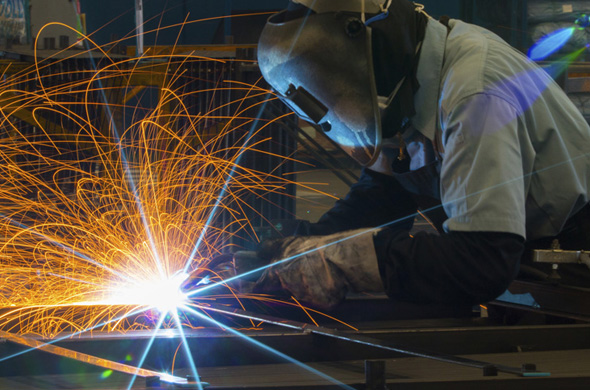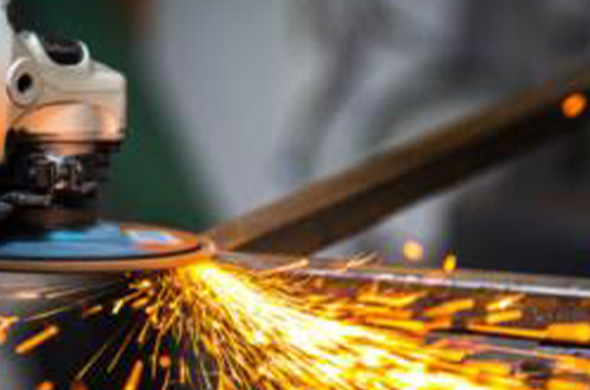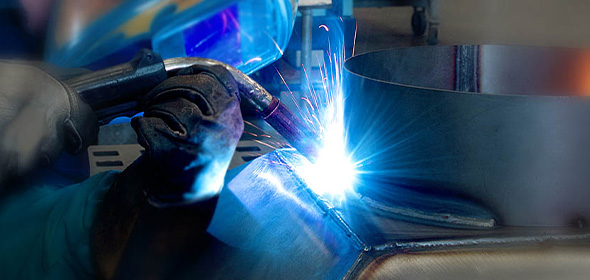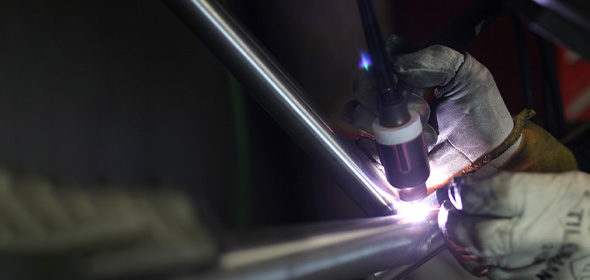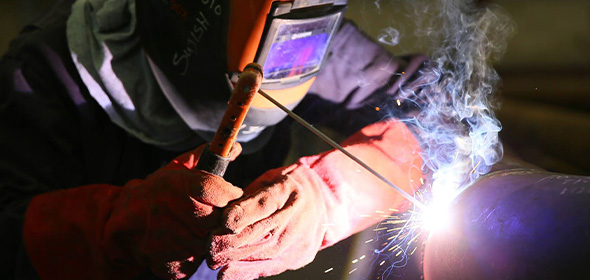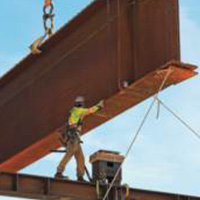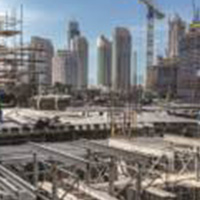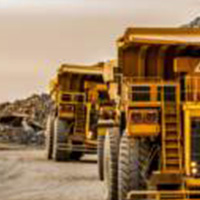Steel is primarily composed of iron and a maximum of 2.06% carbon. Alloys with a higher proportion of carbon are known as cast iron. If the proportion of sulfur and phosphorus accompanying iron is less than 0.025%, it is called stainless steel.
Not every steel can also be welded: only pure steels, i.e. alloys with a carbon content of less than 0.22%, are suitable for this process. As a rule, the more impure the alloy, the harder it is to weld the steel.

